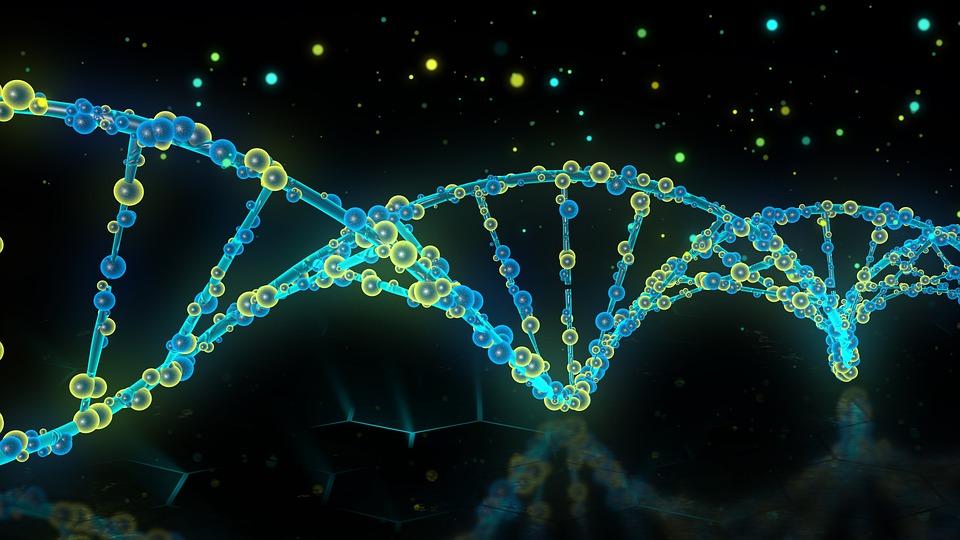
Cracking the Code: DNA Detectives Unravel Life's Family Tree
by Michael Angelo De La Cruz
In this engaging lesson, students will delve into the fascinating world of phylogenetics, using the DNA sequences and genetic information of their selected organisms to construct an automated phylogenetic tree. Through this hands-on activity, they will discover that evolutionary relationships are not solely determined by physical characteristics but are deeply rooted in the intricate patterns of genetic code. By analyzing the DNA sequences, students will unravel the hidden stories encoded within the genomes, revealing the intricate web of shared ancestry and divergence among different species. They will gain a profound understanding of how even the slightest variations in genetic information can shape the evolutionary trajectories of organisms, leading to the vast diversity we observe in the natural world.
Lesson Plan Link/URL
https://docs.google.com/presentation/d/1TX3kwz0wQtLjbn62wAhDUsiDSqo15MVM/edit?u…Subject Area
Science Life Science L4: Evolution Technology 1. Empowered Learner 2. Digital Citizen English Language Arts (ELA) Speaking & Listening
Featured
Off
Related Content

Grades:
7th Grade, 8th Grade, 9th Grade, 10th Grade, 11th Grade, 12th Grade
This lesson is a whole unit on energy. It can be broken up into 10 separate lessons. I chose to put them all together so that it was easier to see how I organized them so you did not have to search

Grades:
6th Grade, 7th Grade, 8th Grade, 9th Grade, 10th Grade, 11th Grade, 12th Grade
This lesson is designed to encourage students to explore their interests and pursue their passions while diving into the world of STEM. This lesson takes place in a classroom for one semester. 1 hour

Grades:
8th Grade, 9th Grade, 10th Grade, 11th Grade, 12th Grade
A lesson designed for an engineering course but that can be used in a science course where we investigate the physics of waves and how it can be applied to the world of art. Students will design and